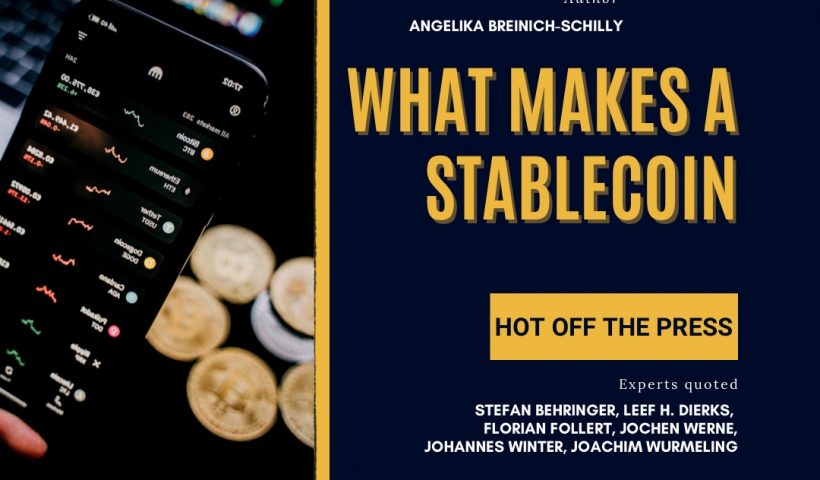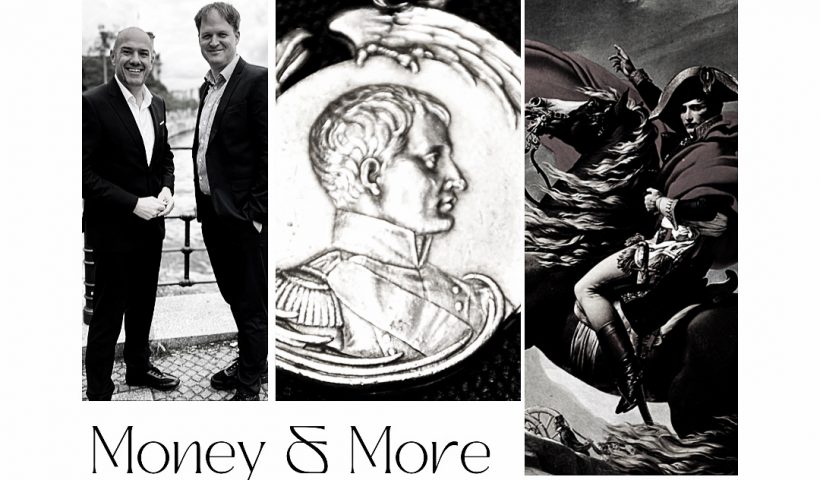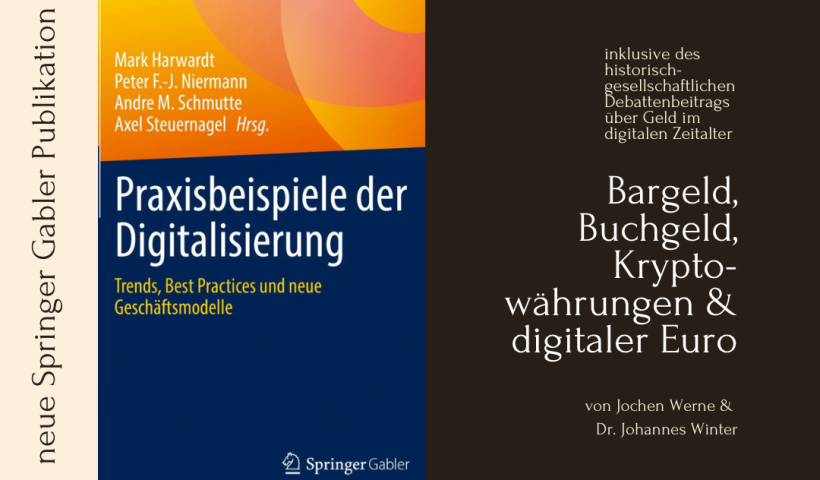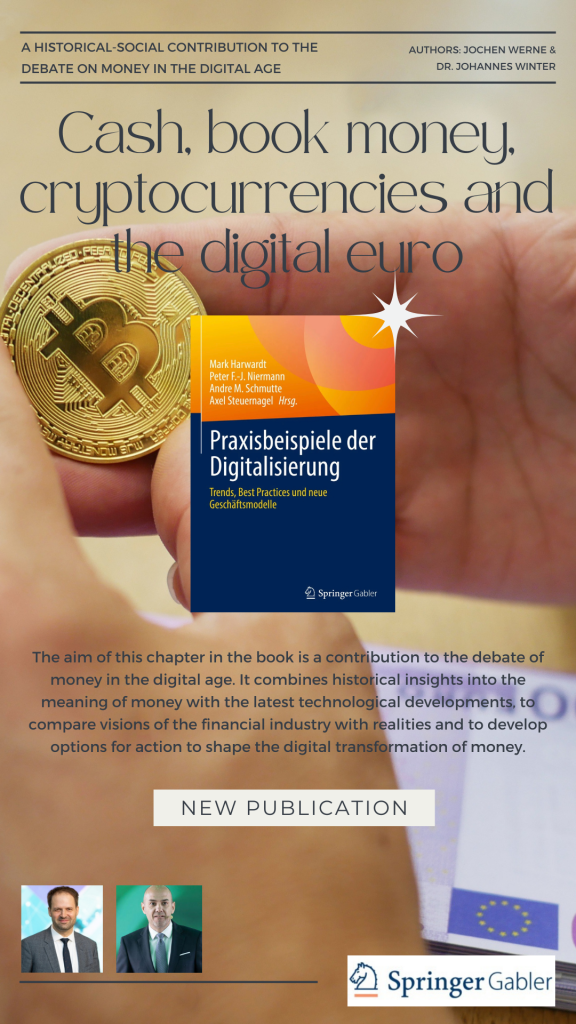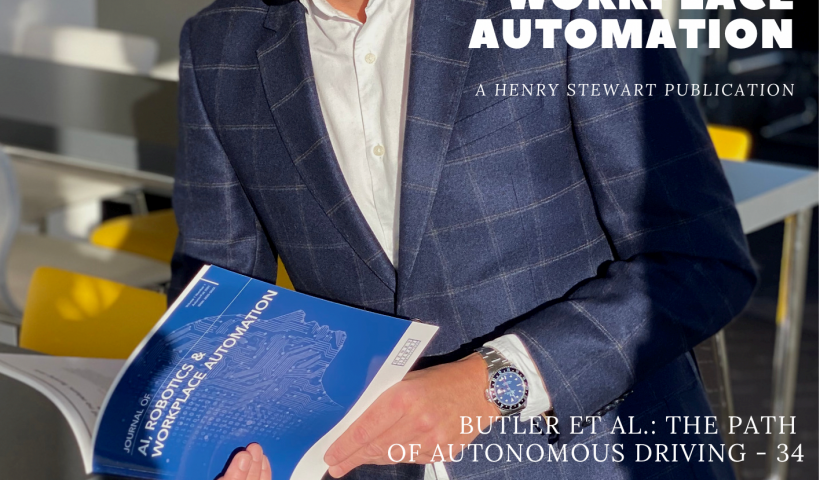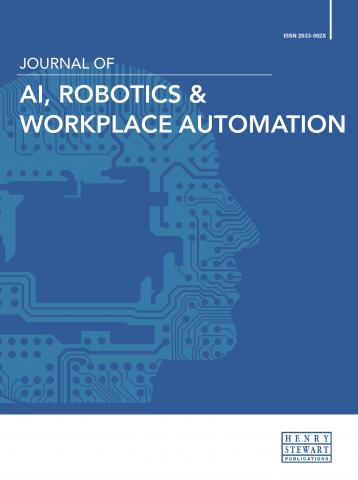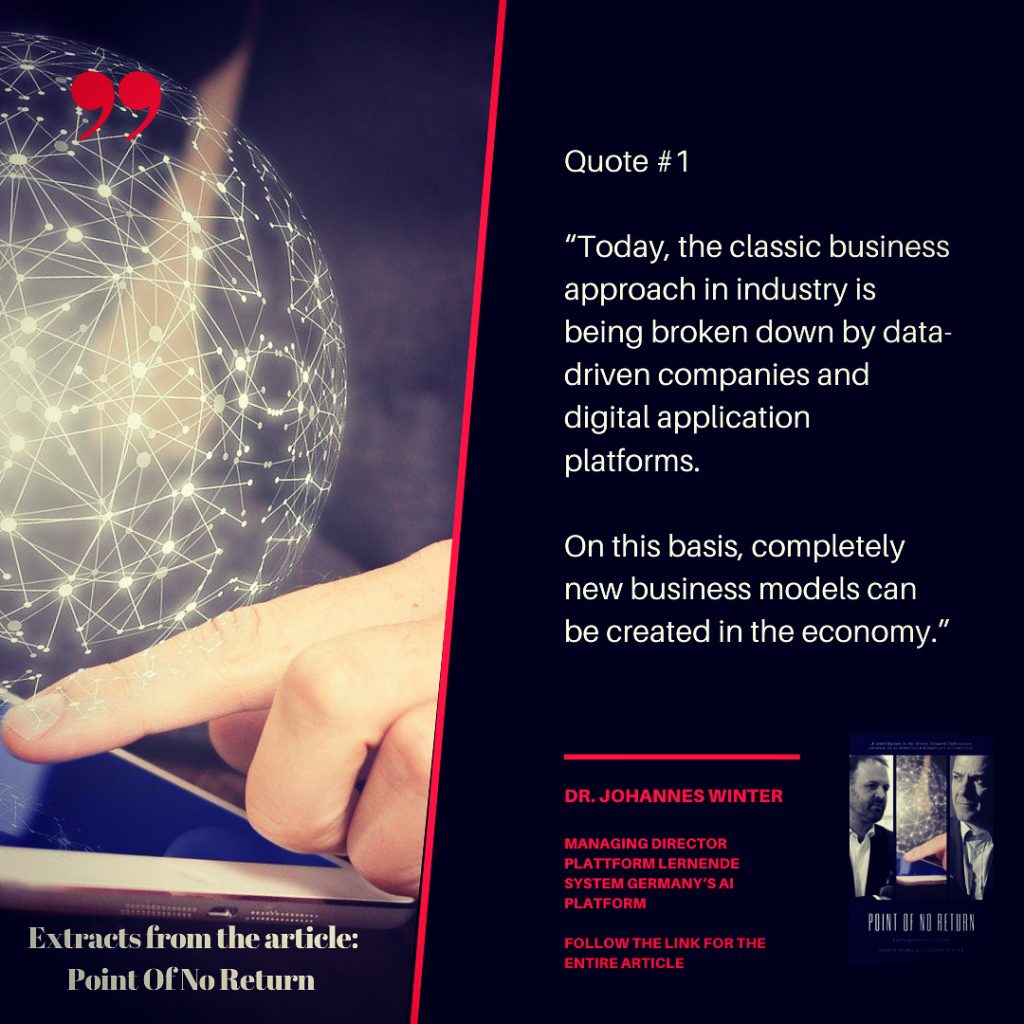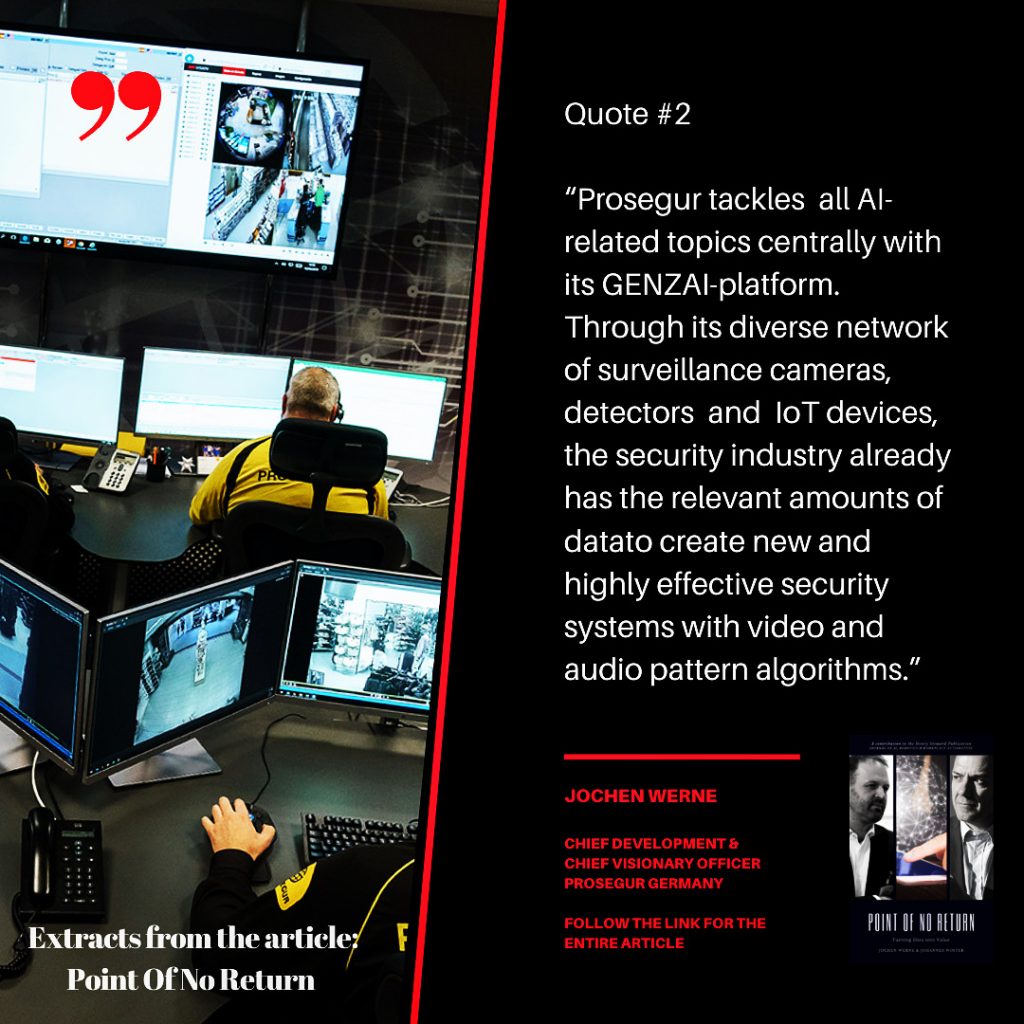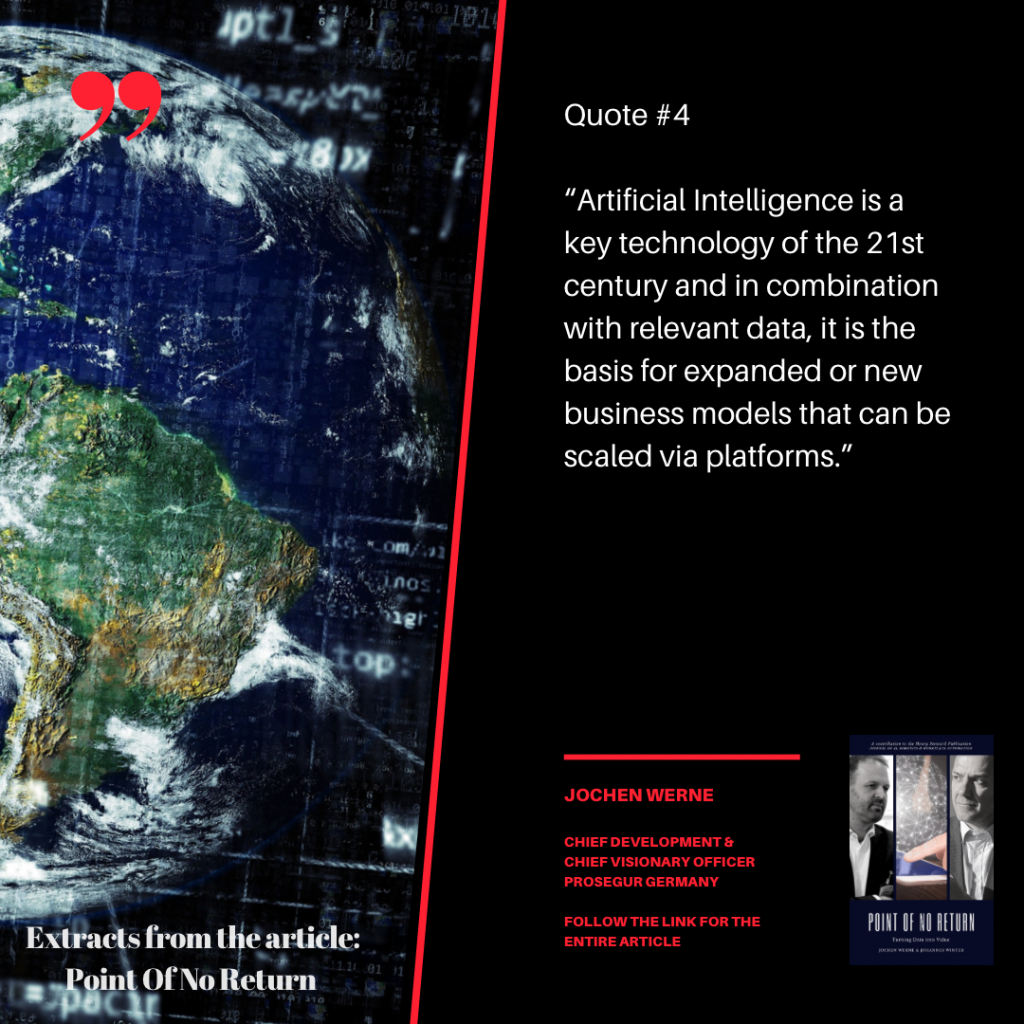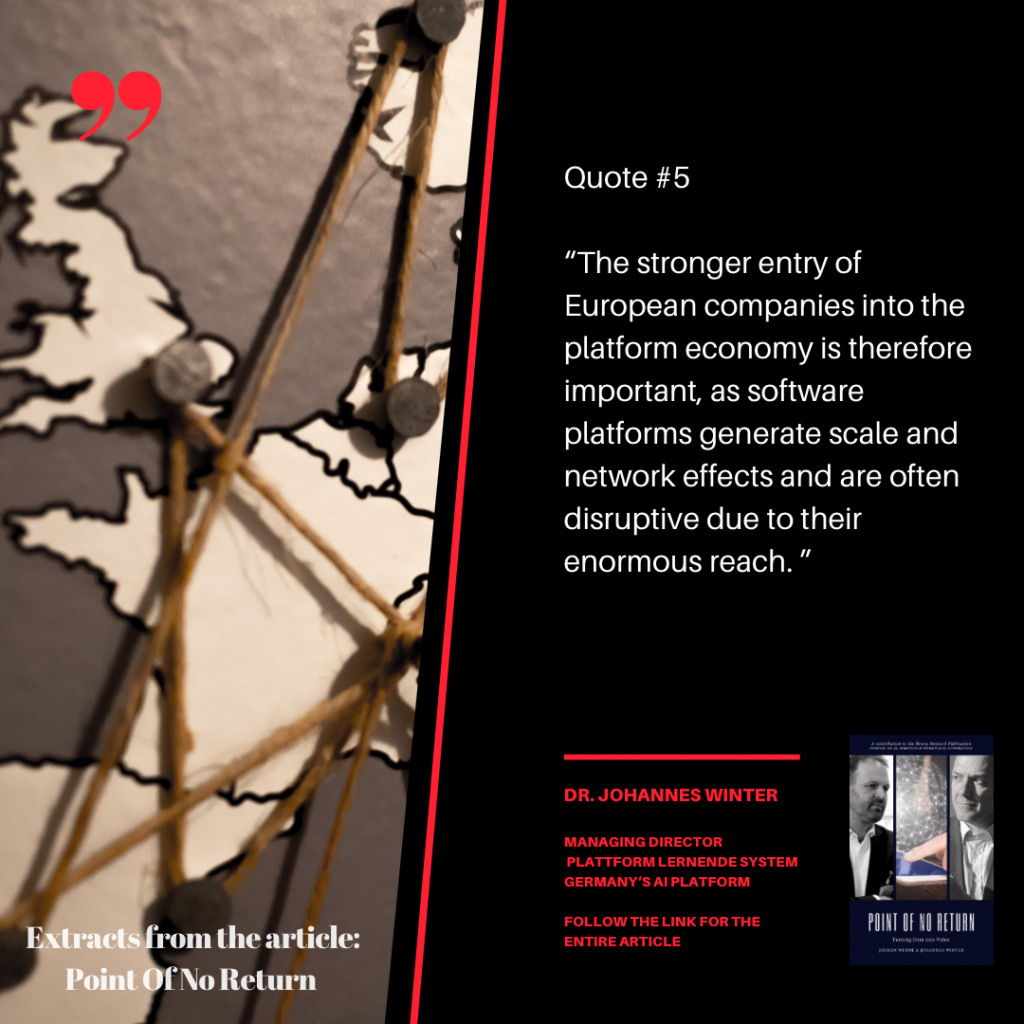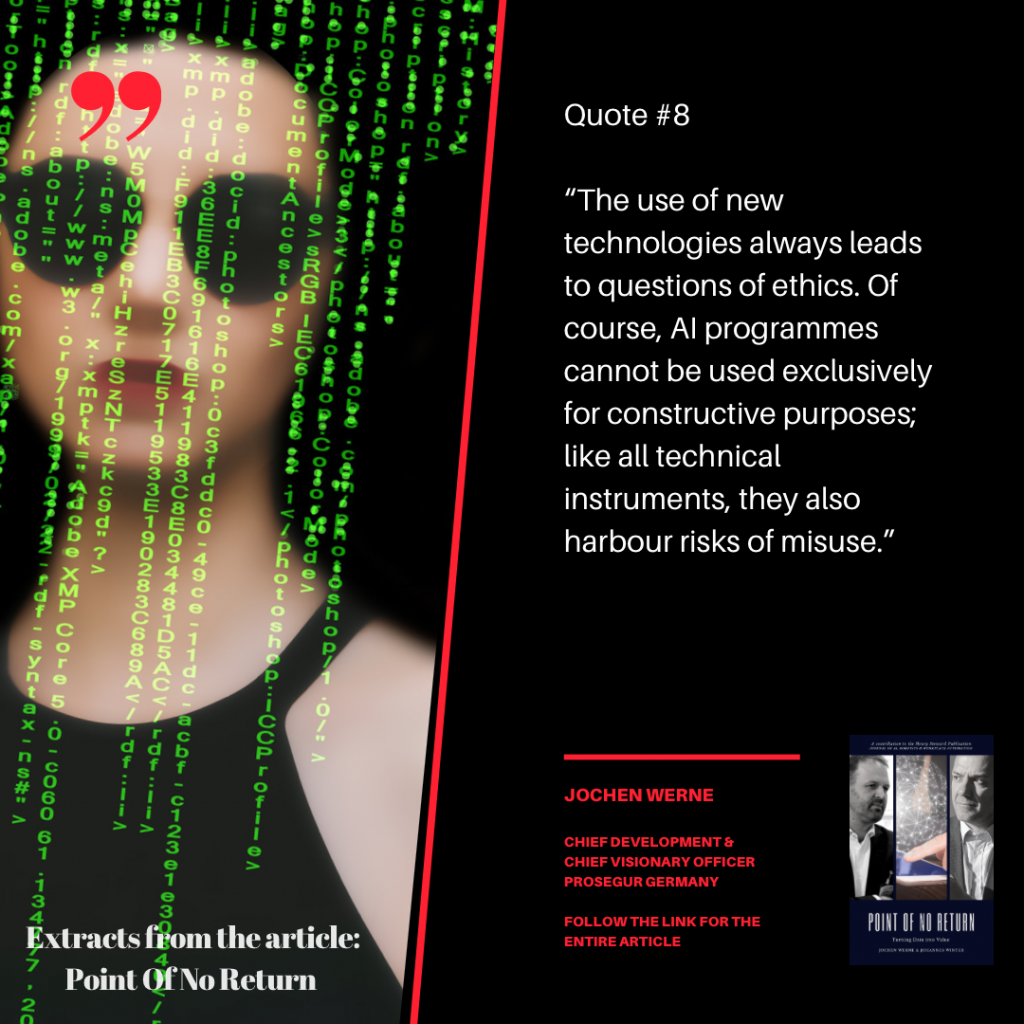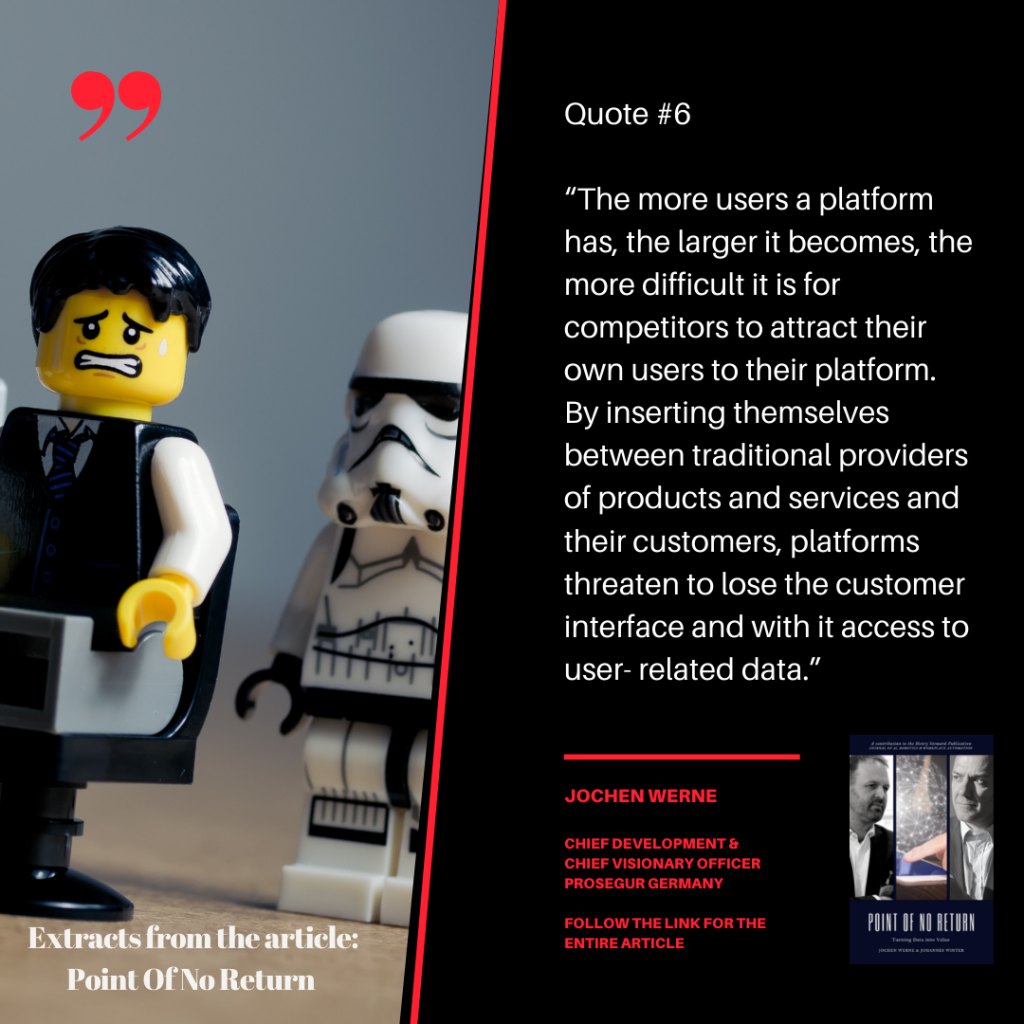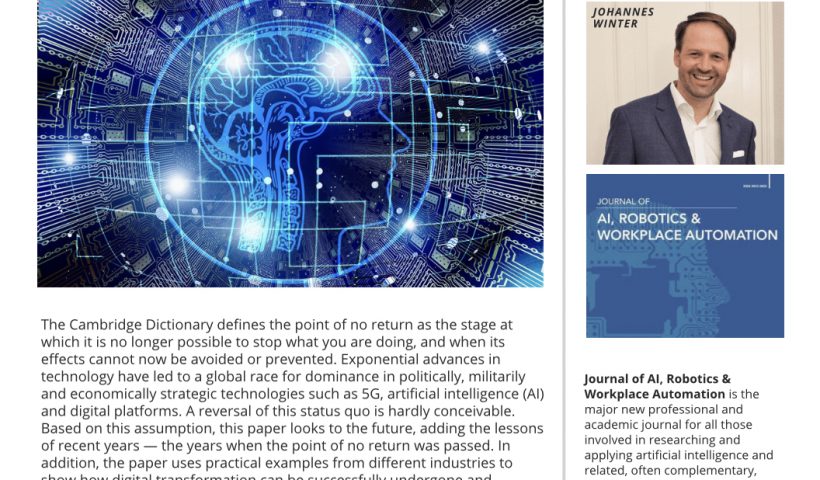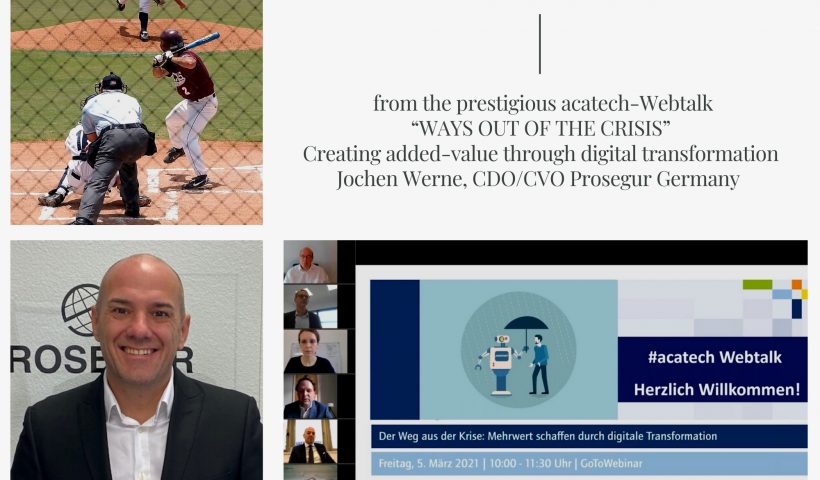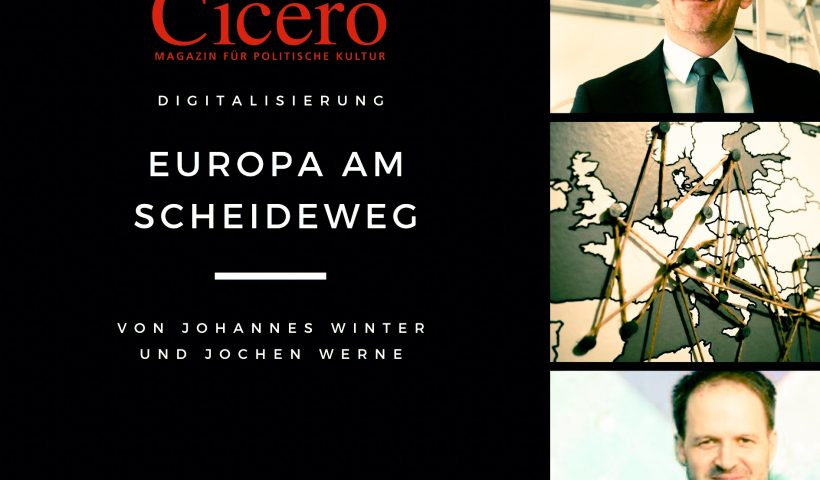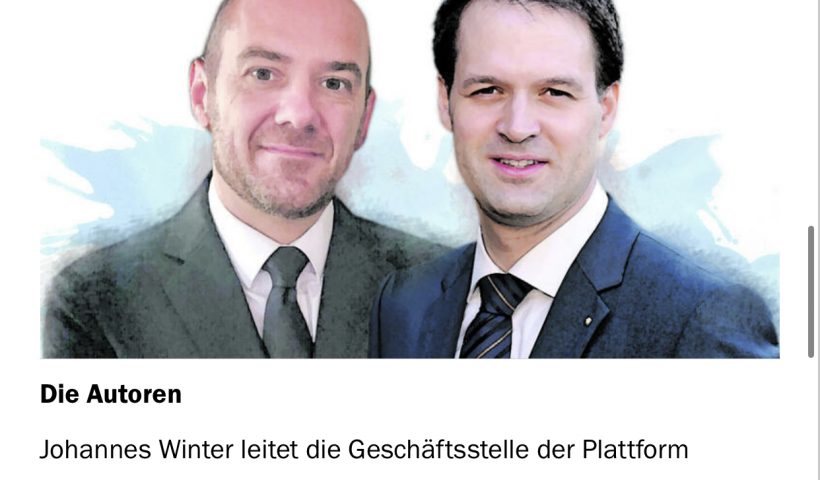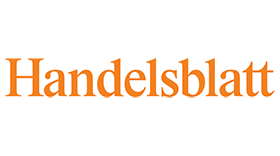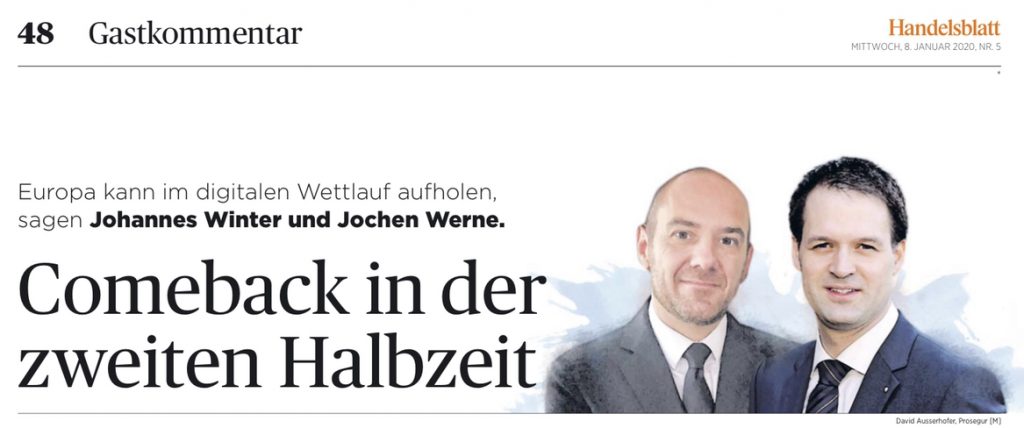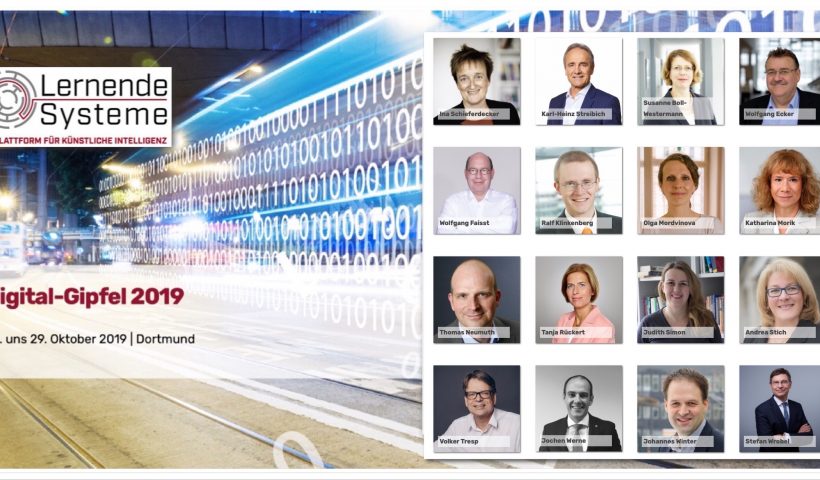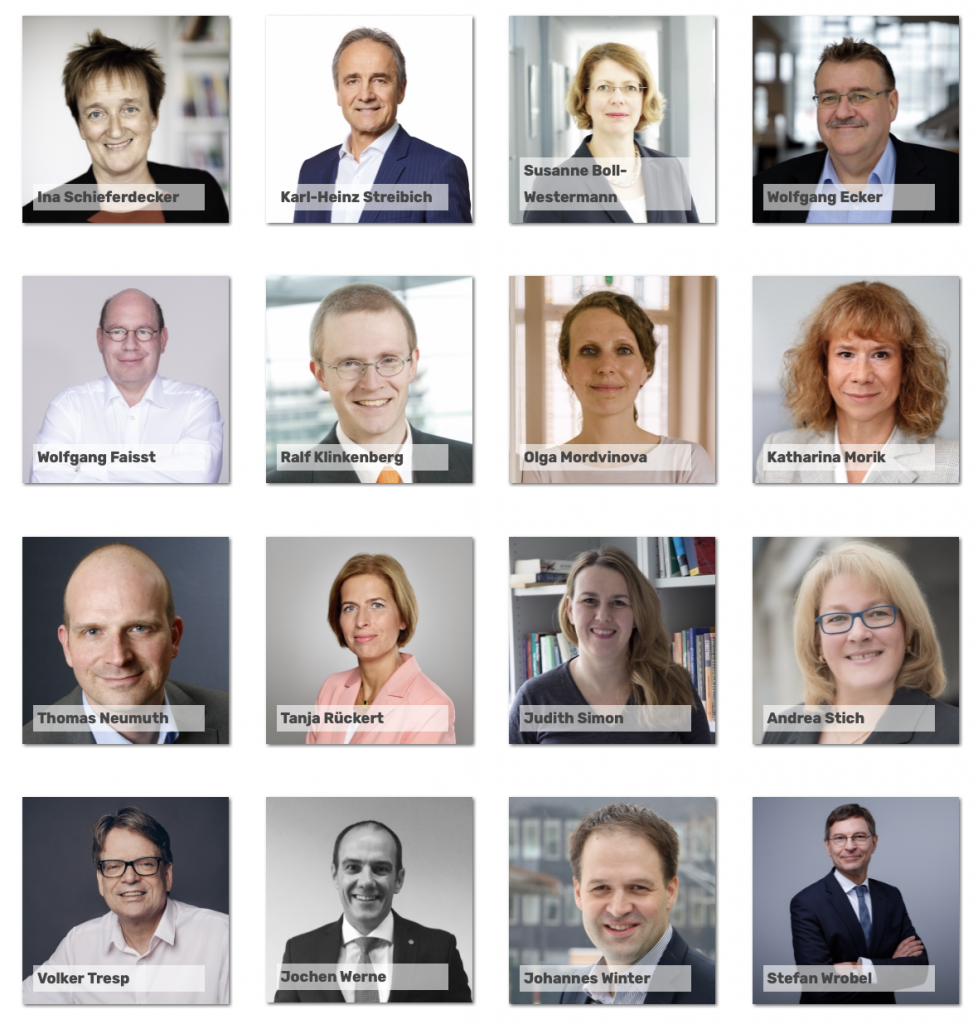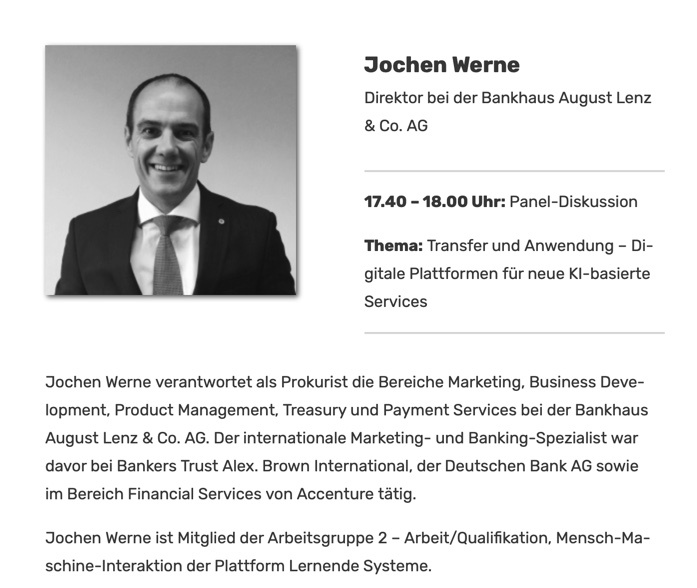Author: Angelika Breinich-Schilly
Published on 11 January 2023 at Springer Professional – Follow this LINK to original text in German. Translation created with deepL.com
Experts quoted in the article: Stefan Behringer, Leef H. Dierks, Florian Follert, Jochen Werne, Dr. Johannes Winter, Joachim Wurmeling
What distinguishes so-called stablecoins from cryptocurrencies like Bitcoin, Ether & Co? By linking to one or more currencies, this form of digital money forms a bridge to classic FIAT currencies. How this works and where problems lurk is shown in our “Compact explained”.
Stablecoins are digital tokens, assets of private issuers that can also take on money functions. According to Leef H. Dierks, they usually replicate the value of a reserve currency, such as the US dollar, or even a whole bundle of official currencies.
Thus, they do not have to represent a claim on the issuer (the reserve currency) itself, but can also be backed by demand deposits of various currencies, securities or other assets. This so-called peg reduces the volatility of stablecoins compared to classic virtual currencies, such as Bitcoin,” writes the Springer author in the book chapter “Virtual Currencies and Monetary Policy” on page 234.
According to Dierks, stablecoins take on a bridging function to fiat currencies, “especially since, as long as they are backed by legal tender, they do not challenge the currency monopoly of central banks (analogous to bank deposits) at any time”.
Stablecoins make new business models possible
According to a thesis paper by the Landesbank Baden-Württemberg (LBBW) from mid-December 2022, stablecoins do open up new business models. At the same time, however, they are “anything but stable, but are subject to the risk of the holders fleeing from them if there are doubts about their collateralisation”. Digital money may have a negative impact on macroeconomic lending and reduce the influence of central banks on the aggregate money supply. One way to regulate it is to require issuers to hold central bank reserves.
The best-known stablecoin project is Tether, which is pegged one-to-one to the US dollar. “There has been repeated criticism of Tether, so that the company behind the issue has since admitted to using not only currency holdings in US dollars to collateralise the issued units of cryptocurrencies, but also other assets (for example, commercial papers of companies),” Stefan Behringer and Florian Follert describe the background in the book chapter “Controlling of cryptocurrencies” (page 187). This also explains why this stablecoin does not correlate exactly with the performance of the US dollar.
Risks of stablecoins
Jochen Werne and Johannes Winter explain in the book chapter “Cash, book money, cryptocurrencies and the digital euro” on page 84 that there are risks for the financial sector if stablecoins become widespread. They could undermine the banks’ deposit business and their business models. The Springer authors see in the central bank cash-backed stablecoins a possibility of a trustworthy transitional solution in hybrid form. This is a stablecoin that demonstrably holds any digital twin in the form of central bank money.
“Due to the tradability of the tokens, the flexibility of book money is paired with the guarantee of physical central bank money. Even the expected damage from a successful attack on the underlying blockchain could thus be minimised, since an unlawful acquisition of power of disposal over assets is quickly restricted in its usability. A regulated expert function guarantees that only central bank money or a digital twin is traded and thus the central supervisory function always lies with the central bank,” say Werne and Winter.
MiCA forms future legal framework
With the Markets in Crypto Assets (MiCA) regulation, the European Union has sewn a legal garment for the crypto industry in the 26 EU states. The new EU regulation is to enter into force by the beginning of 2023 and become effective 18 months later vis-à-vis all market participants.
“MiCA responds to the growth of the cryptoasset ecosystem and integrates a large number of new players into the European supervisory space,” explains Joachim Wurmeling, member of the Executive Board of the Deutsche Bundesbank, in a guest article on the occasion of the Bundesbank Symposium in November 2022. “In future, crypto service providers and issuers of crypto assets will not only have to ensure that the risks arising from the cryptoasset business are adequately managed; they will also have to apply for authorisation to issue crypto assets or to provide crypto services and be subject to ongoing supervision.”
In addition, he said, the regulation also applies to traditional financial institutions that provide services around cryptoassets. The regulatory approach for MiCA is new and is emerging alongside the traditional structure.

